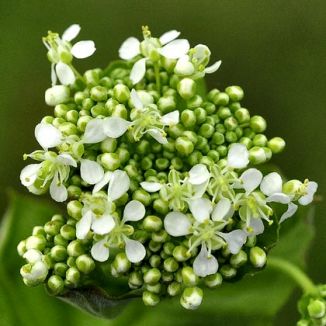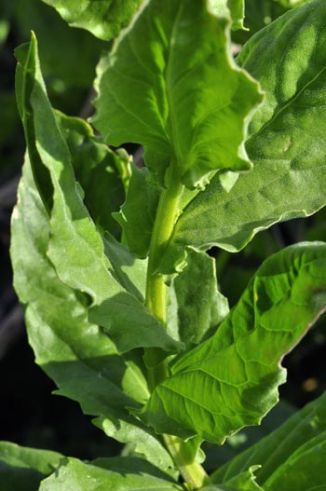This is a perennial wildflower which grows on disturbed ground, field margins and roadsides, in large patches, the top of the plants reaching to about 60cm. On erect stems, large numbers of pleasantly scented, tiny, white flowers (5-6mm across)are held in frothy, flat-topped clusters. They bloom from April to October. The leaves, which are greyish,are lanceolate, sometimes toothed, and they clasp the stiff, upright stems. Both leaves and stems are covered by a very fine down, not quite hairy, but not smooth either. This is not a native plant and it belongs to the family Brassicaceae.
I first recorded and photographed this plant in 2009, growing on the North Bull Island, Co Dublin.
If you are satisfied you have correctly identified this plant, please submit your sighting to the National Biodiversity Data Centre




